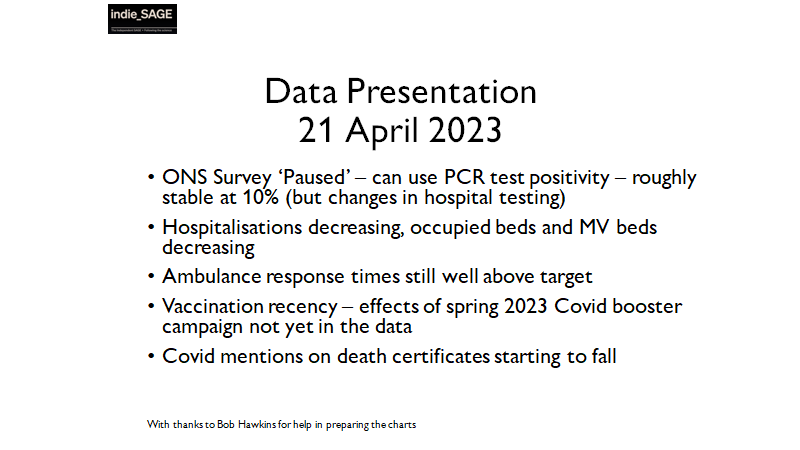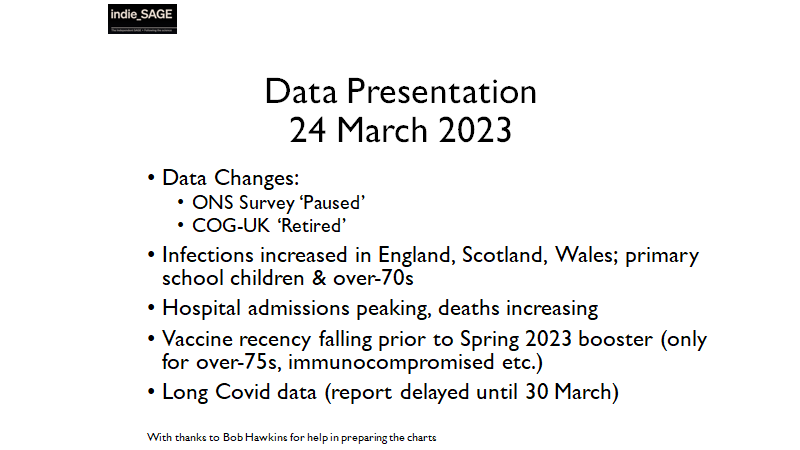In the PM's #DailyBriefing on 11 May, we were presented with this slide. 

I understood at that time that in order to move from 'current social distancing measures and restrictions', the Joint Biosecurity Centre had to change the COVID Alert Level to Level 3 - and that changes were dependent on this.
I understand that we are still at COVID Alert Level 4. My question is: how does the PM justify the change to 'gradual releasing of restrictions' such as opening schools when the Joint Biosecurity Centre has not moved to Alert Level 3? Is this overruling the JBC? @instituteforgov
It has today been confirmed that we are still at COVID Alert level 4, not level 3. The move to reopen schools appears to contradict what the PM said in the #dailybriefing on 11 May. 

• • •
Missing some Tweet in this thread? You can try to
force a refresh




















